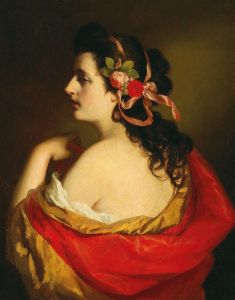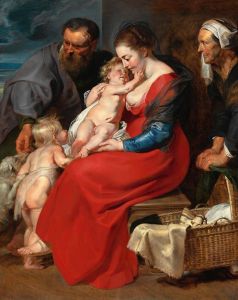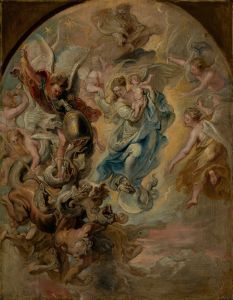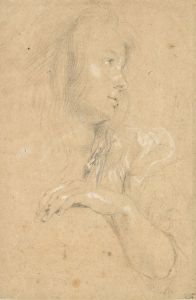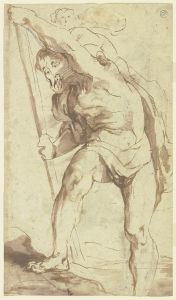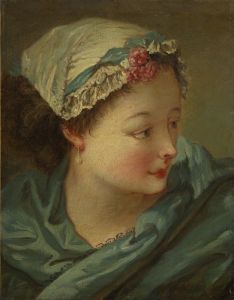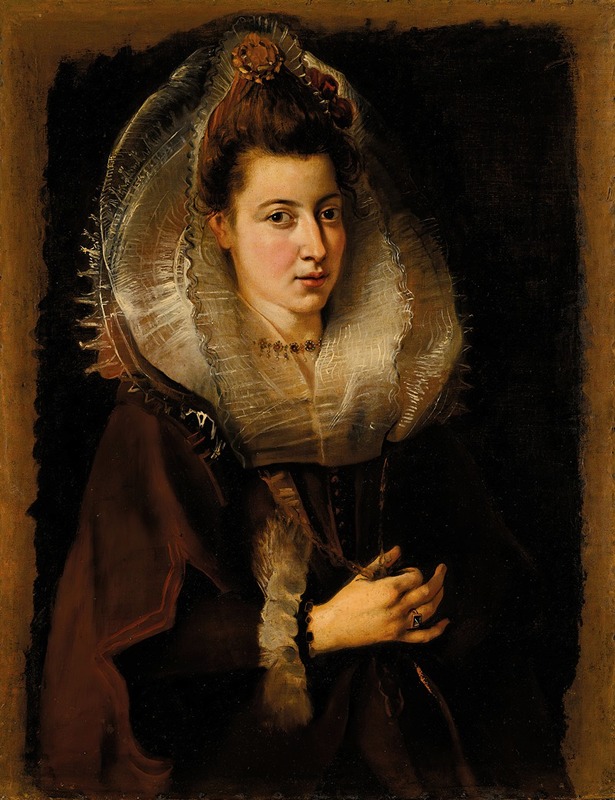
Portrait of a young woman
A hand-painted replica of Peter Paul Rubens’s masterpiece Portrait of a young woman, meticulously crafted by professional artists to capture the true essence of the original. Each piece is created with museum-quality canvas and rare mineral pigments, carefully painted by experienced artists with delicate brushstrokes and rich, layered colors to perfectly recreate the texture of the original artwork. Unlike machine-printed reproductions, this hand-painted version brings the painting to life, infused with the artist’s emotions and skill in every stroke. Whether for personal collection or home decoration, it instantly elevates the artistic atmosphere of any space.
Peter Paul Rubens' Portrait of a Young Woman is a painting attributed to the renowned Flemish Baroque artist Peter Paul Rubens (1577–1640). Known for his dynamic compositions, vibrant color palette, and masterful depiction of human figures, Rubens was one of the most influential painters of the 17th century. This portrait exemplifies his skill in capturing the individuality and elegance of his sitters, a hallmark of his portraiture.
The painting depicts a young woman, whose identity remains unknown. She is portrayed with a serene expression, her gaze directed slightly away from the viewer, lending an air of introspection and grace. The sitter's attire, which includes a richly detailed dress and possibly a lace collar, reflects the fashion of the early 17th century and suggests her status as a member of the upper class or nobility. Rubens' attention to detail is evident in the delicate rendering of the fabric and the subtle play of light on the woman's face and clothing.
The background of the painting is relatively simple, a technique Rubens often employed in his portraits to focus attention on the sitter. The use of warm tones and soft lighting enhances the lifelike quality of the figure, a characteristic feature of Rubens' work. His ability to convey texture, from the softness of the skin to the intricate patterns of the lace, demonstrates his technical mastery.
While the exact date of the painting's creation is not definitively known, it is generally attributed to Rubens' mature period, during which he produced numerous portraits of aristocrats, patrons, and members of his social circle. This period was marked by his return to Antwerp after spending several years in Italy, where he studied the works of Renaissance masters such as Titian and Michelangelo. The influence of these artists can be seen in Rubens' use of color, composition, and his emphasis on the human form.
The provenance of Portrait of a Young Woman is not fully documented, and its attribution to Rubens has been the subject of scholarly discussion. However, the painting is widely accepted as a work by Rubens or his workshop, as it exhibits many of the stylistic traits associated with his oeuvre. It is currently housed in a museum or private collection, though the specific location may vary depending on the latest research or exhibitions.
Rubens' portraits, including Portrait of a Young Woman, continue to be celebrated for their ability to capture the essence of the sitter while showcasing the artist's technical brilliance and artistic vision. This work remains an important example of Baroque portraiture and a testament to Rubens' enduring legacy in the history of art.





